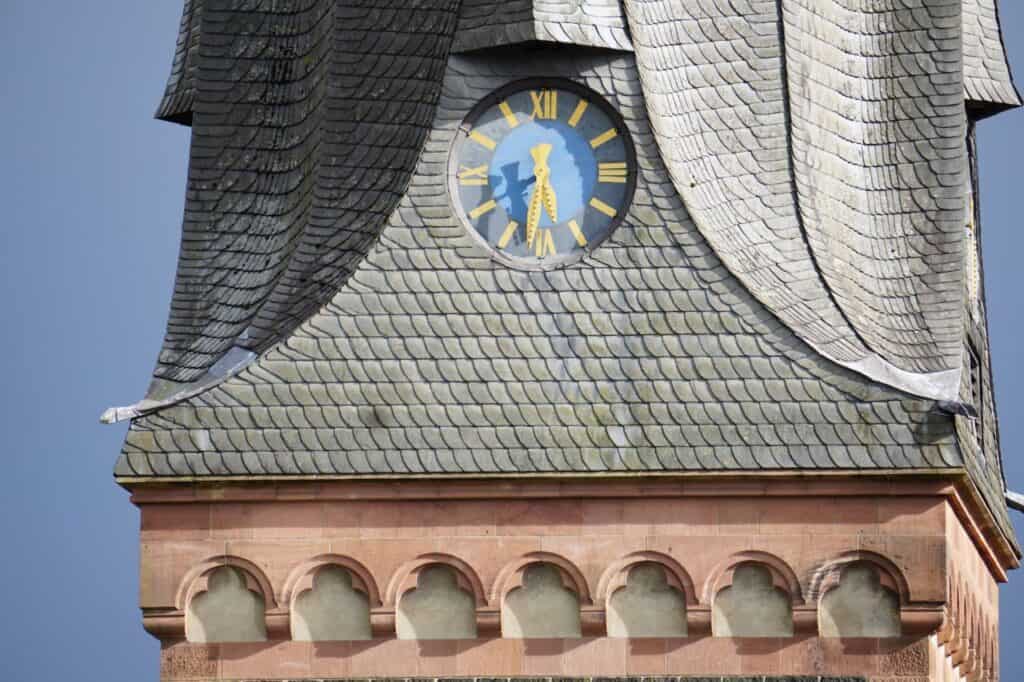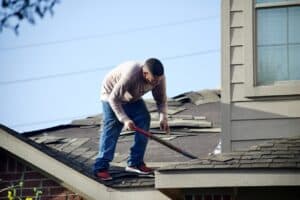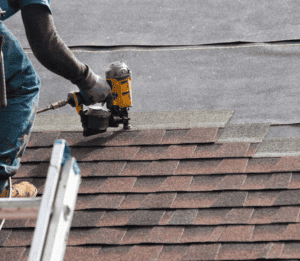Your home should be a safe space. It is a place where you spend time with your family, make memories with your friends, and rest from the outside noise and stress. Home, being such an essential part of our lives, is also one of our biggest investments.
Having a beautiful and long-lasting home is the ultimate goal. Unfortunately, sometimes it is hard to find building materials that offer both.
But that is not the case with slate roofs.
Slate roofs are both aesthetically pleasing and highly durable. But, that’s not the only reason you should consider them. So then, why is slate used for roofing?
Keep reading this article (provided by Cross Country Construction – roofing contractors in Roscoe IL), and you will find the answers!
What is Slate?
Slate is a fine-grained, foliated metamorphic rock created by the alteration of shale or mudstone by low-grade regional metamorphism. It is used in many industries, especially roofing, flooring, and flagging, because of its durability and attractiveness.
Slate dates back to the Ordovician period in geologic time, the second period of the Paleozoic Era. That period began 485.4 million years ago and ended 443.8 million years ago. Slate is mainly composed of quartz, sericite, and minerals of the chlorite group.
The ancient Egyptians were aware of its beneficial features and started using it as a construction material. The secret of a slate’s beautiful appearance is not that secret— slate requires very little processing and almost no changes or modifications from its natural form.
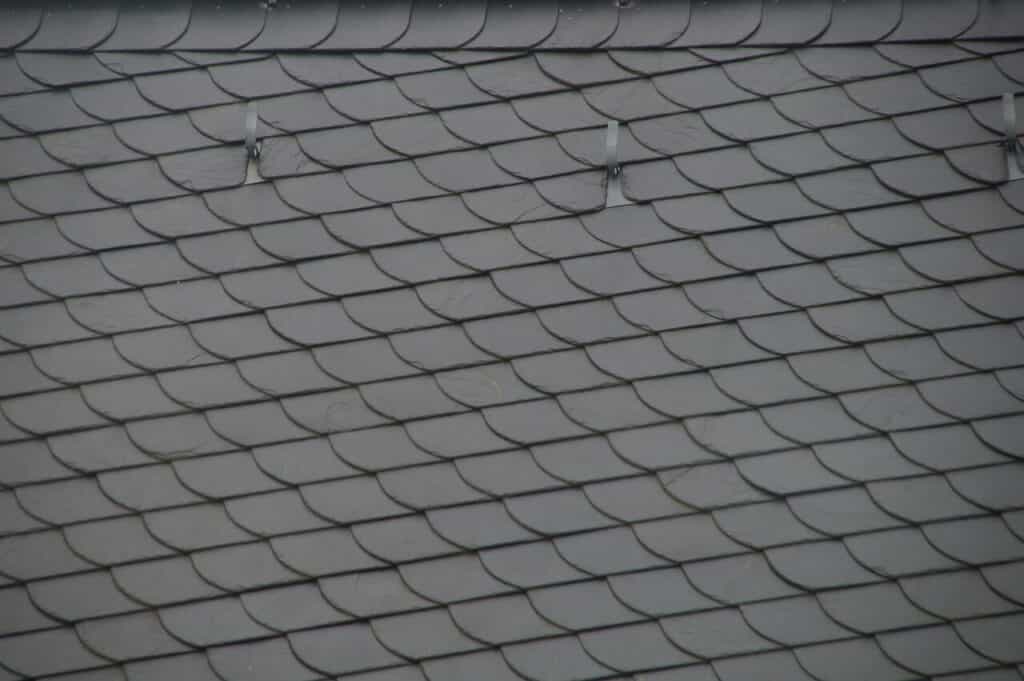
But beauty isn’t the only reason why ancient Egyptians started using the slate. Slate is also pollutant resistant, waterproof, and fireproof.
Besides roofing, slate is also a common choice for façade cladding, flooring, decorative aggregates like garden pathways and wall cladding, and other uses including tables, countertops, and so much more.
Slate Characteristics
Slate roofing tile is unrivaled in today’s roofing market in terms of both longevity and timeless aesthetics. Slate tiles are known for their resistance to scratches, stains, and heat. On top of that, slate exhibits excellent water resistance and is suitable for both indoor and outdoor use, including wet areas like bathrooms and pool surrounds.
Another notable characteristic of slate is that it is relatively low maintenance, requiring minimal effort to clean and maintain its natural beauty.
Why Choose Slate for Your Roof?
Even though a slate roof isn’t the cheapest option, with a potential lifespan of more than 100 years, we can say with confidence—a natural slate roof will pay for itself over time. And not only will the slate last for so long, but it will also provide maximum support.
Slate roofs can withstand extreme temperatures and are snow and fire resistant. It’s not strange that this material is used in so many different climates worldwide—slate roofs will survive anywhere.
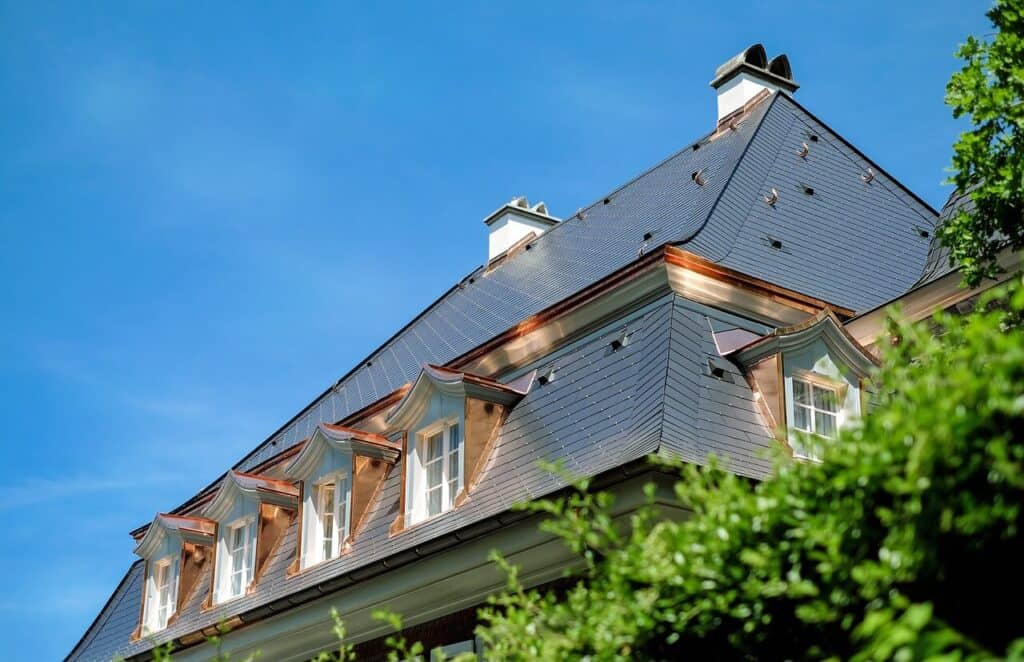
But that is not the end of the reasons why people choose slate for their roofs. Slate is a truly sustainable material and can be recycled at the end of its service life. On top of that, the production process of slate doesn’t require any artificial materials or chemicals.
Key Aspects of Slate roofing
- The thickness of manufactured slate tiles is usually 4 to 9 millimeters.
- Slate roof tiles can vary in shape and size and usually are produced with sides of 20 centimeters.
- Slate isn’t a type of porous material and therefore does not absorb moisture.
- Slate coatings have good thermal insulation properties. During the summer, the roof prevents the house from overheating, and in the winter, it will safeguard the home against the penetration of cold. What’s more, slate is resistant to sudden temperature changes.
- Good sound insulation.
- Corrosion resistant. The slate does not corrode over time.
- Completely fire resistant. Slate is not a flammable material.

Advantages of slate roofing
- Beautiful appearance. Slate roofing tiles exude natural appeal that’s both classic and rustic.
- Longevity and durability. Slate roofs are made of naturally occurring stone and their life span is more than 100 years. As one of the longest lasting roofing materials, its longevity is also a testament to its proven durability that lasts for many years.
- Environmentally friendly. Some roofing materials, like asphalt shingles, need to be replaced after only 15 to 20 years. In contrast, some slate roofs can last up to 200 years, and its production doesn’t have any negative effects on the environment.
- Slate roofing increases the house value. If you decide to sell your house, it will have a higher price than a similar house without a slate roof.
Disadvantages of Slate Roofing
Even though slate is a fantastic roofing material, there is always another side to the coin.
- Unlike many other roofing materials, natural slate has a limited range of shades.
- The panels are extremely heavy, which puts a heavy burden on the roof construction system, often requiring reinforcement of the system.
- The price of a slate roof isn’t for everyone’s wallet. The price is pretty high because of the cost of extracting natural stone and producing slate tiles. Another big reason why slate is one of the most expensive roofing materials is due to its hand-made production.
- Most roofing contractors are not qualified to install slate roofs. If you’re certain that you want slate for your roofing project, you will have to hire a specialized roofing contractor which will be more expensive compared to other roofing solutions.
Slate Roof Options
Slate roofs can really differ from one another based on their texture, thickness, and colors. Since it’s a natural material, the color of slate roof tiles can be inherently associated with specific geographic regions of the country.
According to Rosie Connor, a director at JRC Specialist Slate Suppliers, “Each quarry produces natural roofing slates with beautiful variations in color and grain.” For example, Welsh slate is easily recognizable for its bluer tones, while Westmoreland is well known for its green-gray hue.”

How Much Would You Pay for a Slate Roof?
Slate roofs aren’t the cheapest investment for your house. There are different types of slate, which can make a difference in the total amount spent. For instance, the cost range per square foot for natural slate tiles is between $10 and $30.
A bit cheaper option is hybrid slate, ranging between $9 and $16. The cheapest option is a synthetic slate, which costs between $4 and $12 per square foot.
Of course, there are other factors that will determine the total cost of the slate roof. The key elements will be roof size and labor.
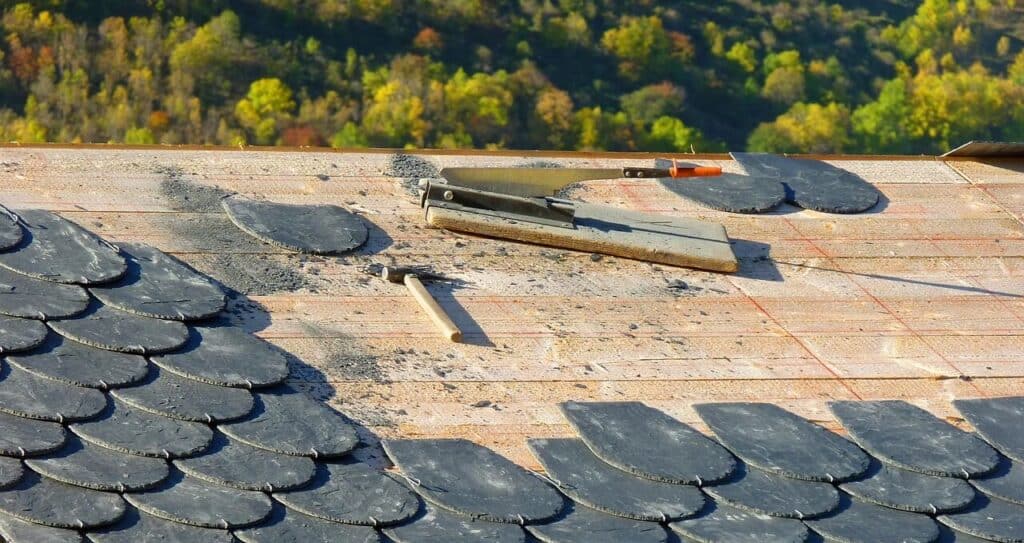
Should You Buy a Slate Roof?
If you’re ready to invest in your new roof, the slate roofing material could be well worth the price and effort.
Slate roofs are more expensive than other types of roofs, but they justify the price with a really long life expectancy, timeless aesthetics, and many beneficial features.
If slate roofing materials are something you can and want to afford, keep in mind that you must hire a professional to install a slate roof.
Contact us and make sure to have a properly installed and serviced slate roof for the best results!

